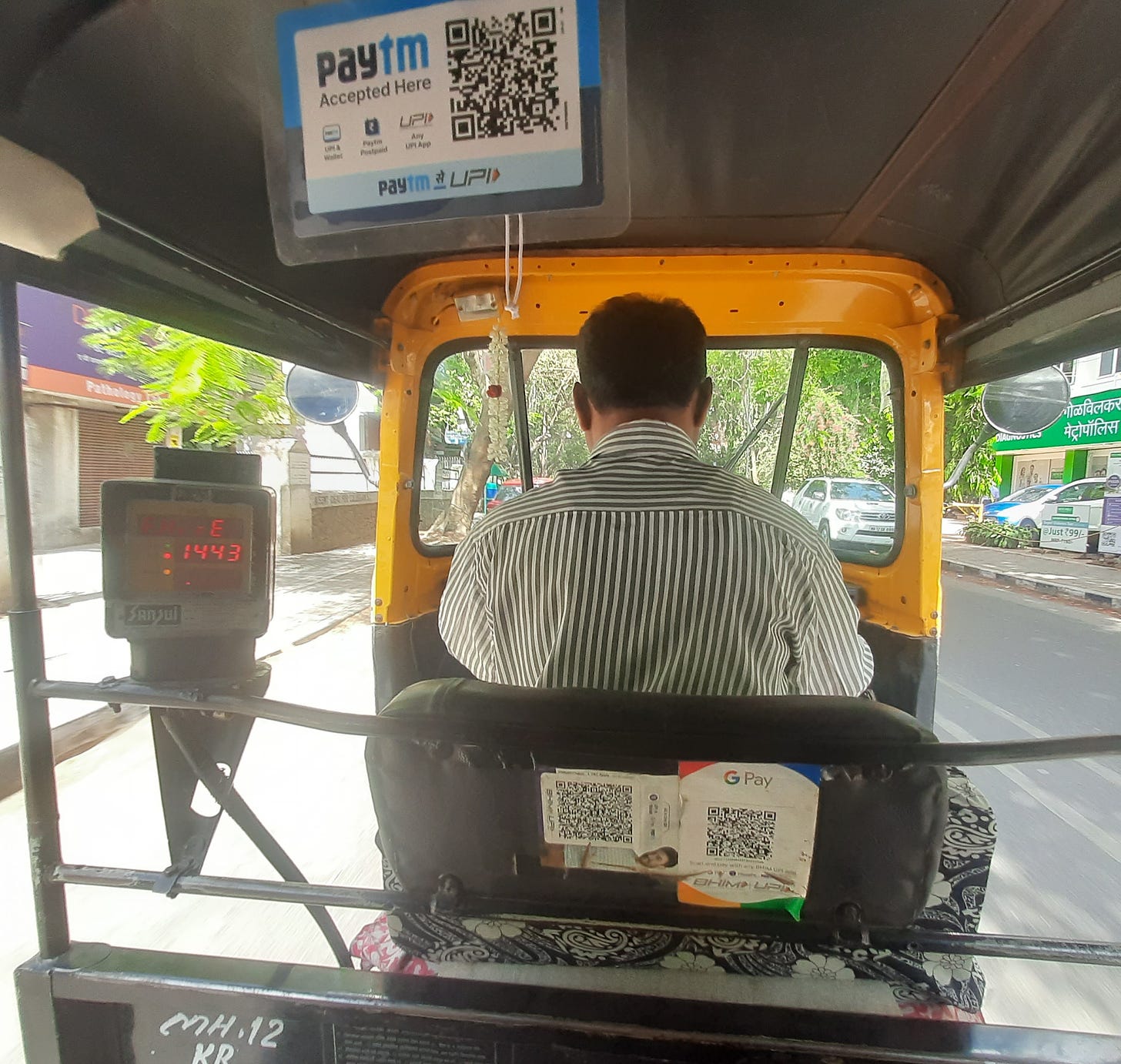India, that is Bharat, shines
It’s India’s time to shine! Two events stood out recently showcasing our status. Firstly, India’s G20 Presidency concluded with unanimous endorsement of the policy of using digital public infrastructure to advance financial inclusion. The G20 Global Partnership for Financial Inclusion (GPFI) report prepared by the World Bank with inputs from the Ministry of Finance and the RBI is a stellar and comprehensive report with use cases, policy recommendations, global case studies and also covers risks and challenges ahead. The GPFI Financial Inclusion Action Plan 2024-26 has set two priority areas - digital financial inclusion and improving access to finance for MSME- calling out key issues like customer protection, creating responsible ecosystems, promoting accessible and affordable financial services for women and other underserved groups.
Secondly, the Global Fintech Fest 2023 brought together all the stars of India’s digital financial ecosystem on the stage in Mumbai, with a record number of participants exceeding 65,000, and reportedly deals of more than USD 2billion were struck on the sidelines. In August, UPI transactions crossed 10 billion for the first time and the NPCI launched new initiatives at the GFF – instant credit on UPI, UPI LiteX for offline payments, UPI Tap and Pay for contactless payments and Hello!UPI for voice-based transactions – all these are aimed at expanding the user base by meeting specific needs of different segments across the country.
In his speech at the GFF, the RBI Governor lauded the progress so far, and struck a note of caution by bringing up three key areas that the industry needs to pay attention to - customer centricity, governance, and self-regulation – all of which are critical for a stable and healthy sector that truly benefits the public at large.
There are warts of course in India’s shine and the Governor was right to point out the need for governance and self-regulation. In a LinkedIn post, Amrish Rau, CEO of Pine Labs, pointed out that many fintech(UPI) apps are taking over the space of Chinese apps, pushing customers for loans at extremely high interest rates of more than 60% - the comments on the post from fellow industry players are quite illuminating. Also read Jyoti Banthia’s excellent report on the growing digital lending market – not all players are comfortable to fall in line with the regulatory guidelines on transparency on FLDG contracts. Rest assured; the RBI has its work cut out for monitoring this space.
Even when it comes to the basics of financial inclusion, without taking away from all that has been achieved so far, we do need to keep a close eye on the cracks and gaps that remain to be dealt with. Here, Microsave has come out with a very useful study covering close to a thousand households across six selected villages, and gets some interesting results. For instance they find that 20% of women and youth have opened bank accounts through Business Correspondent (BC) outlets, compared to 13% men, indicating that the BC channel gives a higher level of accessibility or comfort for women and youth. With the greater reach to underserved areas and segments, the BC channel is now being used for more than just banking; simple credit and insurance products are also being offered through the network.
Also while India has pretty much cracked the retail digital payments space, there is huge scope for digitizing other parts of the ecosystem. For instance, the microfinance industry is working to digitize loan repayments- currently around 90-95% of disbursements are done digitally, while just 10-15% percent are repaid through that channel. Further, when it comes to retail small merchants, D91 has a series of blog posts out, with insights from small merchants on the challenges of digitization of the supply chain, cash and account management tools etc. Anyone in the industry who is keen to take up the Governor’s call for customer centricity will find these posts, aptly named “Tales of Bharat,” worth a read.
****
Do follow our Indicus Centre for Financial Inclusion page on LinkedIn to continue the conversation. Read on here for more of the latest news and views on financial inclusion in India, thanks!
Arshi Aadil, Gayatri Ahuja, Ritika Sah, and Shrutkirti Dhumal, Microsave, report the results of their study on the extent and exposure of financial fraud among DFS customers in India.
Dr. V. Anantha Nageswaran and Monica Thind, Government of India, write on India’s G20 Presidency taking financial inclusion to the next level.
The Reserve Bank of India (RBI) announced the Operation of Pre-Sanctioned Credit Lines at Banks through Unified Payments Interface (UPI).
Rakshith Ponnathpur and Risha Ramachandran, Dvara Research, report on the results of their study of the financial lives of platform workers in Bengaluru.
Arshi Aadil, Microsave, decodes India’s Digital Personal Data Protection Act.
Kamal Misra, Capgemini Invent India, writes on the role the account aggregator framework is playing in transforming India’s banking.
Microsave released a white paper, developed jointly with the National Payments Corporation of India (NPCI), on NPCI’s “Conversational Payments on UPI” solution.
Dr. Naveen Kumar K, Manickaraj Malai and Sunil Kulkarni write in the India Banking and Finance Report 2022 on "Advancing Digital Financial Inclusion by Leveraging Business Correspondent Model: Policies and Strategies".
Pratik Bhakta, ET Tech, reports on the partnerships that P2P lending startups are diversifying into.
Nina Liew, Columbia University writes a detailed blog post on how fintechs can challenge discriminatory gender norms, intentionally design products for women users, and diversify their organization to further benefit women.
Disha Bhavnani, Pramiti Lonkar and Akshat Pathak, Microsave, trace the journey of Bharat Bill Payments System and look at the potential over the next decade towards enhancing financial inclusion.
Read results from the study on digital financial inclusion and consumer protection for women micro- and small-enterprise owners in India conducted by a team of graduate students from Columbia University’s School of International and Public Affairs, in consultation with Center for Financial Inclusion (CFI) and with support from LEAD at Krea University.



